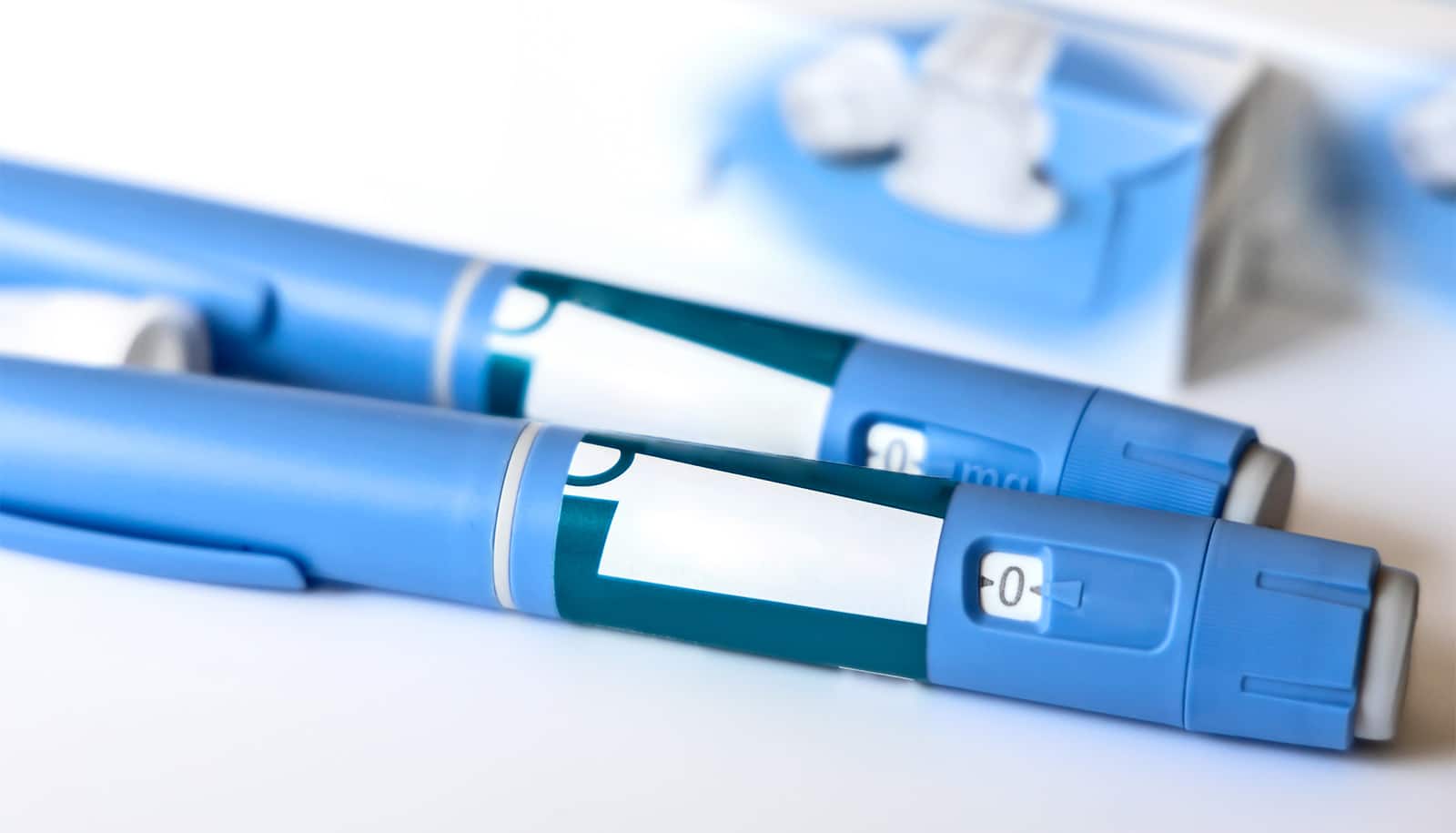Handwritten prescriptions for opioids result in many more errors in prescribing and processing in contrast to electronically created orders for the drugs, a new study suggests.
The new quality improvement study aimed to determine whether and how prescription processing methods contribute to variations, inconsistencies, and errors in opioid distribution.
“…we have a duty to practice in a way that has the lowest chance of harm to our patients…”
“Mistakes can be made at any point in the prescribing, transcribing, processing, distribution, use, and monitoring of opioids, but research has rarely focused as we have on prescribing at the time of hospital discharge or on written prescriptions prescribed for adults,” says lead author Mark Bicket, assistant professor of anesthesiology and critical care medicine at the Johns Hopkins University School of Medicine.
Overall, the investigators found that 92 percent of handwritten prescriptions either failed to meet ideal practice standards, contained such errors as the absence of at least two patient identifiers, or failed to comply with federal opioid prescription rules.
“There are the normal legibility issues you would suspect with a handwritten prescription, but we also commonly found things like missing patient identification information and errors in abbreviations,” Bicket adds.
For the study, the researchers reviewed all prescriptions for opioid medications for patients 18 and older processed at an outpatient pharmacy at the Johns Hopkins Hospital for 15 consecutive days in June 2016.
In total, 510 prescriptions were evaluated based on three criteria: their compliance with “best practice” guidelines for prescription writing compiled from past studies at the Johns Hopkins Children’s Center, including criteria such as legibility, date, and pill quantity; the presence of at least two patient identifiers, including medical record number, Social Security number, and date of birth; and compliance with the US Drug Enforcement Administration’s rules regarding prescriptions of controlled substances, which require the patient’s full name and address.
Of the 510 prescriptions studied, 42 percent of prescriptions contained some error, researchers found. While both the handwritten prescriptions, which made up 47 percent of the total, and prescriptions created by the electronic health system failed to properly meet the DEA’s standard at the same rate, all prescriptions that violated best practice or did not include at least two patient identifiers were handwritten.
How 30 opioid pills for surgery turn into a habit
Overall, 89 percent of prescriptions written by hand deviated from “best practice” guidelines or were missing at least two forms of patient identification information.
Not a single prescription created by the hospital’s electronic prescribing system showed these errors. Because the computer prints prescriptions using a template that aligns with “best practices,” the only step the prescriber must do after reviewing the prescription is sign the prescription.
Bicket emphasizes that errors in prescriptions rarely result in patients getting the wrong drug or dosage because other safety measures such as pharmacists double checking the prescription information, such as the drug name, indication, and amount, are in place.
Doctors say electronic health records hurt patient care
Think of the system like layers of Swiss cheese, he says. Each layer has holes in it, but for the most part, you cannot see through the cheese. Errors in prescriptions make the holes bigger, however, increasing the risk for mistakes.
“What we hope our results do is get more practitioners to adopt electronic prescribing systems because we have a duty to practice in a way that has the lowest chance of harm to our patients,” says Bicket.
The study is described in a report appearing in the Journal of Opioid Management.
Source: Johns Hopkins University



